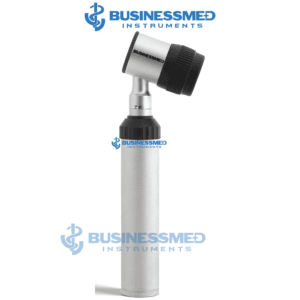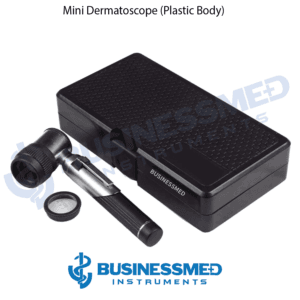Dermatoscopes
Showing all 2 results
Discover our wide range of premium quality dermoscopes
Dermatoscopes are used to examine skin lesions in a painless and non-invasive way. The device, which comprises of a light source and a magnifying lens, may magnify a skin lesion up to tenfold, allowing for the identification of minute characteristics in its structure, boundaries, and surrounding vasculature.
Dermoscopy is a method for examining skin lesions using a portable equipment known as a dermatoscope. The most prevalent use of dermoscopy is to diagnose skin cancer. It generates no pain and is non-invasive.
This test is also known as epiluminescence microscopy, dermatoscopy, or skin surface microscopy.
Discover the purpose of the test using dermoscopes
Dermoscopy is the most basic kind of skin inspection. If you have a significant pigmented skin lesion or mole, your doctor may recommend a dermatoscopy, which involves utilizing dermatoscopes to examine the area. A dermoscopy allows your doctor to more accurately detect pigmented skin lesions, perhaps avoiding the need for a skin biopsy or unneeded mole removal.
Dermatoscopy may be used by your dermatologist to examine for changes in moles and other pigmented skin lesions.
A dermatoscope, sometimes known as a dermoscope, is a small, portable equipment that magnifies and illuminates skin structures that are not visible to the naked eye.
Common applications of Dermatoscopes
1) Dermoscopy, or the use of dermatoscopes, is most often used to help identify malignant skin lesions such as basal cell carcinoma or melanoma.
2) Dermatoscopes are often used to identify malignant skin lesions, such as melanoma and basal cell carcinoma.
3) Dermoscopy is used to distinguish between malignant and non-cancerous skin lesions, since cancer might be difficult to spot among seborrheic keratosis, haemangiomas, atypical moles, and benign lentigines. Early melanoma might be especially difficult to identify because it looks like a noncancerous nevus.
4) It may also be used to diagnose and monitor skin conditions such vitiligo, scabies, discoid lupus erythematosus, and lichen planus.
5) A dermatoscope may be used to identify splinters and measure hair loss.
Showing 1 to 2 of 2 (1 Page)


